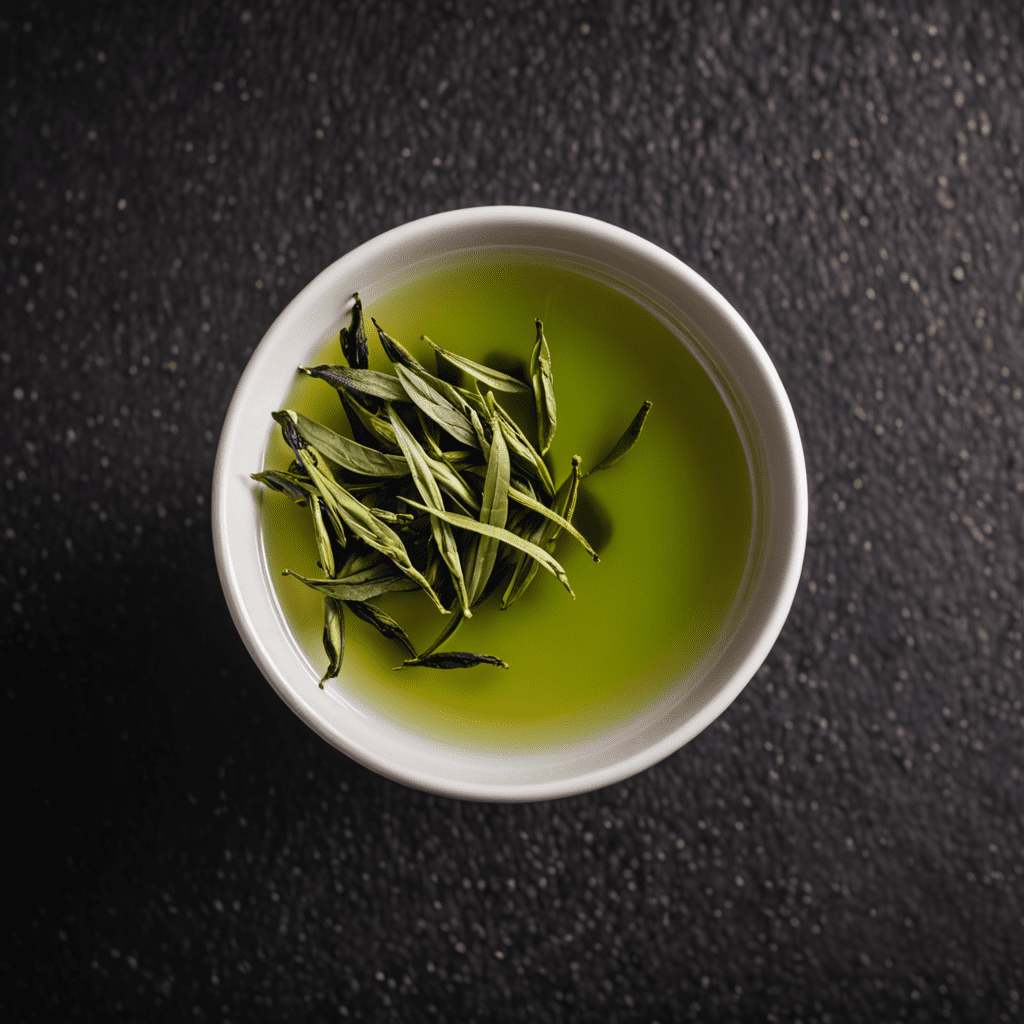Green Tea vs. Black Tea: Unraveling the Flavors and Health Benefits
The Basics of Tea
Before delving into the specific differences, it’s important to understand the basics of green tea and black tea. Both types of tea come from the same plant, Camellia sinensis, but are processed differently, resulting in distinct flavors, colors, and health benefits.
Processing Differences
Green tea is minimally processed, with the leaves either steamed or pan-fired to prevent oxidation, retaining its natural green color and delicate flavor. On the other hand, black tea undergoes a full oxidation process, leading to a robust flavor and dark color.
Flavor Profiles
The processing methods contribute significantly to the flavor profiles of green and black tea. Green tea is renowned for its fresh, grassy, and slightly vegetal taste, whereas black tea offers a bold, malty, and sometimes smoky flavor.
Caffeine Content
While both green and black tea contain caffeine, the levels differ due to the oxidation process. Generally, black tea has higher caffeine content than green tea, but variations exist depending on brewing methods and tea types.
Health Benefits
Both teas carry notable health benefits due to their rich antioxidant content. Green tea is often praised for its high concentration of catechins, which are believed to possess various health-promoting properties, while black tea offers potential cardiovascular benefits and overall wellness support.
FAQ
What’s the best way to brew green and black tea?
For green tea, it’s recommended to brew with water at about 175°F (80°C) for 1-3 minutes. Black tea, on the other hand, should be brewed with water at 200-212°F (90-100°C) for 3-5 minutes to bring out its full-bodied flavor.


